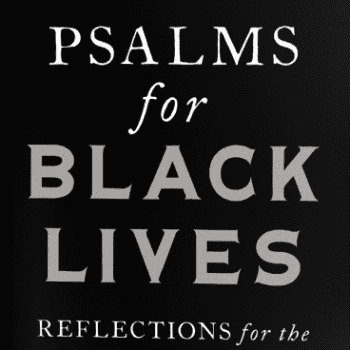 The joy came to me early this year, in the form of Jan Johnson’s Taste and See: Experiencing the Stories of Advent and Christmas. Johnson invites readers to enter into the stories through a sort of neo-Ignatian approach she calls “participative meditation.” We read each narrative and then place ourselves within it, either as a character or a fly on the wall.
The joy came to me early this year, in the form of Jan Johnson’s Taste and See: Experiencing the Stories of Advent and Christmas. Johnson invites readers to enter into the stories through a sort of neo-Ignatian approach she calls “participative meditation.” We read each narrative and then place ourselves within it, either as a character or a fly on the wall.
Lots of us create “movies in our heads” with the stories of scripture, but Johnson provides questions and ideas that took me well beyond where I’d have gotten on my own. How do you suppose the angel Gabriel felt about bringing people the most significant news of their lives? What would it be like to raise a child like John the Baptist, one “filled with the Holy Spirit from his mother’s womb”? There are also helpful notes on the context: I now have a much better idea of what Zechariah was doing in the Temple when the angel showed up, and a better understanding of what Mary’s pregnancy would have meant, not just to her, but to her family and Joseph’s. What if the disgrace cost them all their livelihood? Of course I knew it made Mary’s situation precarious, but I never really followed the ripples out that far.
In the first chapter, Johnson provides a short but rich introduction to the use of imagination in prayer. She takes on several reservations people might have, starting with the belief that they have no imagination (“Can you worry? If so, you have an imagination because you’ve asked yourself, What if…?”). Then, with each of the stories throughout the book, she honors the different forms of imagination readers may have. She suggests setting Mary’s response to the angel’s message to music (“Quick and cheerful? Slow and meditative?”), trying to imagine the expression on her face when Gabriel greeted her as the “favored one,” considering what color comes to mind when you hear that “nothing shall be impossible with God.”
One small quibble: Like many meditation leaders, Johnson assumes that beginning by focusing on their breathing will help people relax. I sometimes wish people would consider that for anyone who’s experienced respiratory problems (asthma, COPD, etc.), thinking about their breathing is the last thing that will help them relax! It would be simple enough, though, and fit well with Johnson’s generally flexible approach, for group leaders to suggest focusing on one’s breathing or . . . pretty much anything else.
The book is structured to provide a lot of support for group study, but Johnson also helps the lone reader navigate it solo. People who don’t like a lot of suggestions may find this intrusive, but no book can have it both ways. I especially appreciate how the reflection questions invite people to both commune with God and consider what action might flow from that communion. This is a book that draws readers’ hearts both up toward God and out toward the world. It’s a short course on meditation that will keep deepening your prayer long after the season is over.
Susan Pitchford is a sociologist and member of the Third Order, Society of St Francis. She is the author of The Sacred Gaze, God in the Dark and Following Francis.












